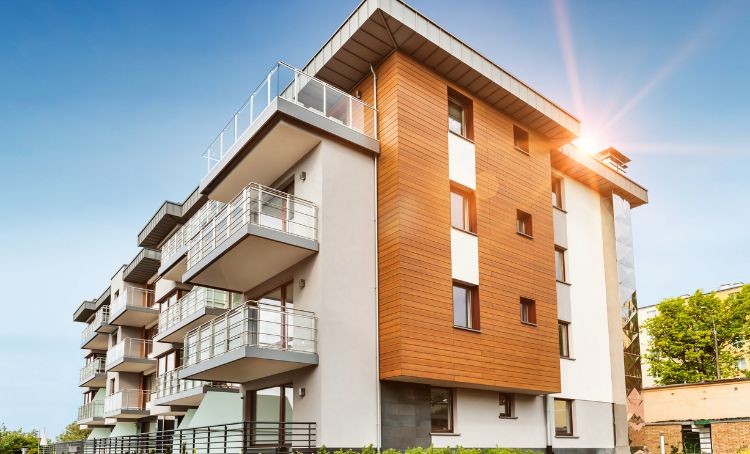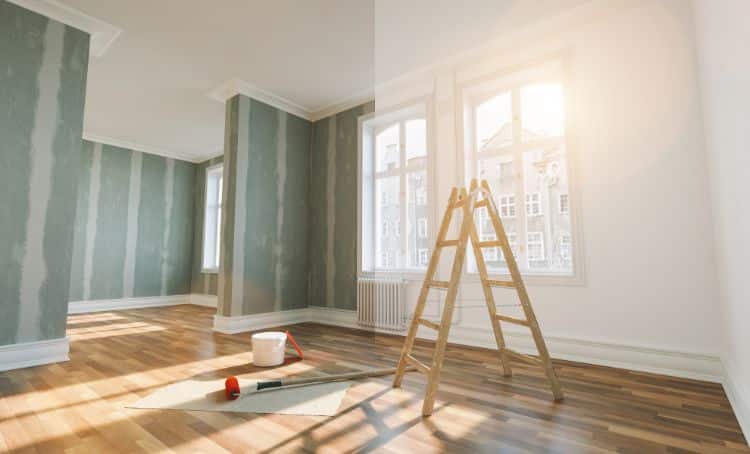

Renovating Multi-Unit Residential Properties in New York

People are moving to New York City to be closer to work. Since a good number of the jobs are contractual, most are looking for apartments. This has given rise to local commercial real estate investors who want to acquire multi-unit properties and fix them up for the new wave of residents.
However, before diving into this venture, there are important factors to consider. From navigating zoning regulations to understanding the financing options available, this guide will provide essential insights for investors looking to maximize the potential of their multi-unit property renovations in the dynamic New York City market.
What Factors Should I Consider Before Renovating a Multi-Unit Property in New York?
Location: The neighborhood your multi-unit property is located in will have a huge impact on the success of your renovation project. A good location can make or break a successful venture, so take the time to do market research and visit the area to get an idea of what needs may be met by potential tenants. For example, if you’re considering adding amenities, it helps to see what’s available in the neighborhood, and what similar apartments are offering for the rent. As more people split their jobs between being in the office and remote work, having a section of an apartment building dedicated for shared office space is a big plus. An exercise room is nice, but may not make sense if there’s a gym right around the corner. Artist studios are niche and appeal to a specific clientele. Explore your neighborhood. Look at competing apartments. Get a better bead on the type of tenants you want, and what they are looking for in an apartment. It never hurts to spend a little more if it means you can increase your revenue and retain tenants.
Zoning Regulations: New York City has a complex and stringent zoning code that governs the use, size, and configuration of buildings. Zoning regulations outline the permissible land uses, building heights, setback requirements, and other essential parameters that can significantly impact the outcome of a renovation project. Multifamily property owners must be aware of the zoning district in which their building is located and adhere to the specific regulations associated with that area. Renovations that involve changes in land use, additional stories, or alterations to the building’s footprint may require approval from the city’s Department of Buildings (DOB) and possibly the Board of Standards and Appeals (BSA). Engaging with a knowledgeable architect or zoning consultant early in the planning process is crucial to navigating the intricate zoning landscape and ensuring compliance with the regulations, avoiding potential setbacks, delays, and legal issues during and after the renovation.
Budget
Perhaps the most important factor to consider is budgeting. It’s essential to take into account the scope of the project and understand what your total costs will be. While there may be some unexpected costs or issues that arise, having a comprehensive budget that includes all potential financial obligations helps ensure a successful outcome.
Here are five tips for budgeting for a residential multifamily property renovation:
• Estimate the total cost of the project, including materials, labor, and permits.
• Create a timeline for when expenses will be incurred so you can plan accordingly.
• Research contractor rates to get an accurate estimate of labor costs.
• Consider financing options or other sources of funding to cover upfront costs.
• Factor in any potential tax benefits that may be available for your renovation project.
What Kind of Renovations Can I Make?

The scope of renovations can vary widely, encompassing both interior and exterior upgrades. Interior renovations often begin with individual units, where improvements can significantly impact tenant satisfaction. Common upgrades include bathroom and kitchen renovations, introducing modern appliances, fixtures, and finishes, such as granite countertops and additional storage. Flooring updates, such as the installation of hardwood or laminate, contribute to a more contemporary look.
Exterior renovations are equally vital, contributing to the property’s curb appeal and overall attractiveness. Facade improvements, landscaping, and the installation of new outdoor amenities can transform the property’s appearance. Roof replacements or repairs may be necessary to ensure the building’s structural integrity and protect against environmental elements.
In the pursuit of energy efficiency, renovations may focus on windows and doors, replacing them with energy-efficient alternatives to improve insulation, as well as including energy-efficient appliances. Additional insulation may be added to walls and roofs. These energy-conscious upgrades not only reduce utility costs for both property owners and tenants but also align with the growing emphasis on sustainable living.
Common area improvements, including remodeling lobbies and shared spaces, contribute to a sense of community and elevate the overall living experience. Lighting upgrades, both indoors and outdoors, not only enhance safety but also add aesthetic value. Safety and security renovations involve the installation or upgrading of security systems, fire safety measures, and compliance with building codes to ensure the well-being of residents.
Accessibility improvements, such as elevator modernization and adherence to ADA standards, cater to a diverse range of residents with different mobility needs. The integration of technology, including smart home features and high-speed internet infrastructure, aligns with modern living standards and attracts tech-savvy tenants.
In some cases, renovations may extend to structural repairs, addressing issues like foundation problems or upgrading plumbing and electrical systems to meet current standards. The reconfiguration of unit layouts, including combining or dividing units, and even adding or removing units, can be part of a strategic renovation plan to optimize space and meet market demands.
How Do I Finance A Multi-Unit Renovation?

Financing multi-family renovations can be an expensive and complicated process, but it doesn’t have to be. There are several sources of funding available for multi-unit renovation projects, including traditional lenders such as banks and credit unions, alternative lenders, and private investors. Whether you’re looking to purchase a fix-and-flip property or renovate your existing multi-unit property, it’s important to do your research and compare offers from different sources.
Be sure to factor in any potential tax benefits that may be available for your renovation project. Many states offer various incentives, such as tax credits or deductions, for energy-efficient upgrades or other types of renovations. Additionally, some local governments provide special grants or loans to qualified applicants.
Renovating a multi-unit property in New York can be a daunting task for anyone. From finding the right contractor to navigating city codes and regulations, there are many factors to consider before starting the renovation process. Before embarking on any project, it’s important to make sure that you understand all of the potential risks and rewards associated with such an undertaking.
Express Capital Financing specializes in solutions tailored for the NYC commercial property market. From acquisitions to renovations, construction, and even refinancing options, Express Capital Financing goes above and beyond traditional lending channels. Contact us today to learn more.



Comments